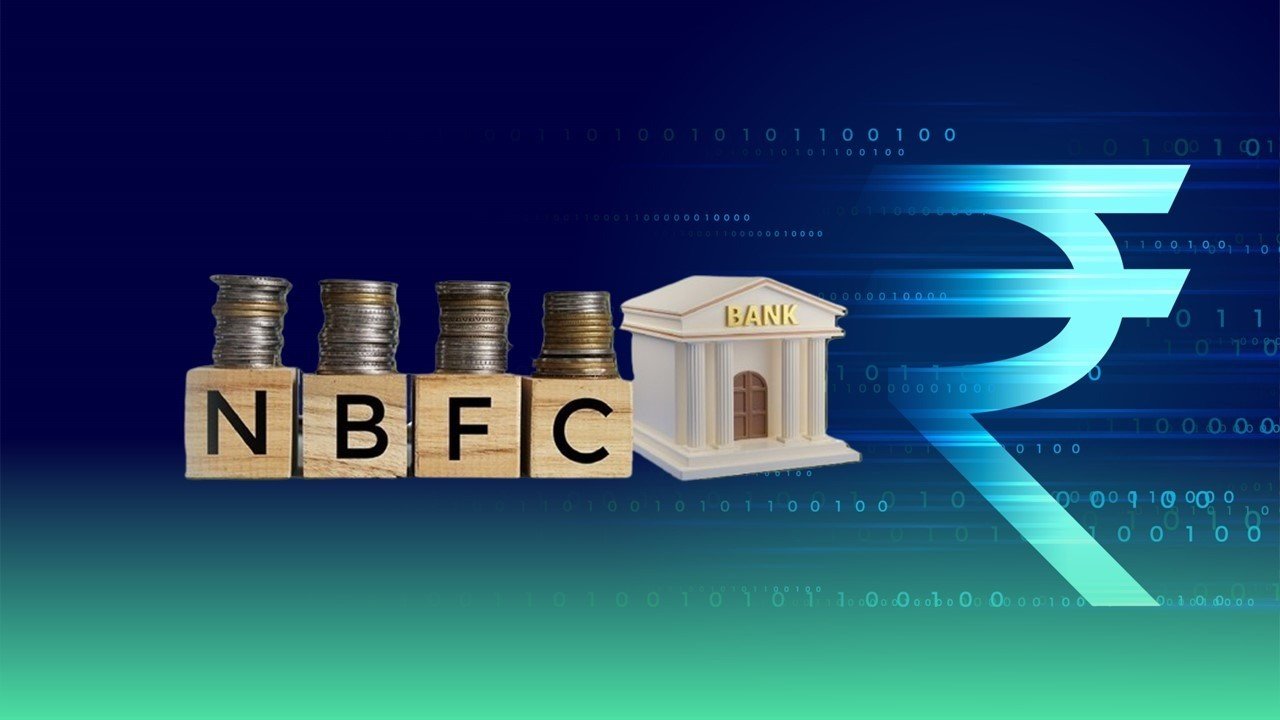Streamlining Microfinance Operations with Fintech Solutions – Microfinance presents financial facilities to those who lack access to traditional banking facilities, like small businesses. FinTech mentions the technologies utilized in the financial industry mainly by financial institutions. There is a growing number of those looking for funding or investment to make online markets and effective communities. Moreover, following the financial mess, banks have secured their customer lending policies so that people and businesses with low incentives have found it increasingly hard to get loans. This has raised the demand for FinTech organizations. Microfinance has played an important role in authorizing people in destitute communities by offering them access to financial facilities.
What Is The Impact Of Fintech Microfinance?
Here are some of the impacts listed below:
Cuback in Transaction Costs – Fintech reduces the transaction costs connected to normal microfinance operations. MFI running expenses are decreased by utilizing digital platforms, which do away with the importance of physical branches and manual processes. Financial facilities might now be more attainable for those with lower incomes because of cost savings that can be moved to clients in the form of lower interest rates and fees.
Improved Financial Literacy – Financial literacy and education plans are often included in fintech solutions. People can get suggestions on wise borrowing, savings, and budgeting via mobile apps and internet platforms. Fintech-allowed microfinance lowers the risk of debt and influences sustainable financial behaviors by improving financial literacy and helping customers make knowledgeable financial decisions.
Improved Access to Financial Facilities – Fintech has amazingly raised access to microfinance amenities. By filling the gap between the financial sector and marginalized communities, MFIs can cater to clients in rustic and underserved places via digital lending platforms and mobile banking. However, millions of individuals who did not have access to financial services before, can now attain credit, insurance, savings accounts, and other financial products.
Streamlining with Fintech
One of the main difficulties for MFIs is the large and time-consuming procedures included in loan disbursement, customer onboarding, and repayment. Fintech solutions provide a set of tools that can importantly ease these burdens:
Customer Mobile Number Authentication – Authenticating customer mobile numbers is important for transmission and transaction security. Fintech tools provide automated authentication procedures that are both quick and trusted.
BRE (Business Rules Engine) – Institutions can set up a BRE based on their particular parameters, making sure that all credit decisions are compatible and line up with the company’s principles. Fintech solutions make it simple to execute and update these regulations.
Account Authentication and E-signature Authentication – Fintech combining enables smooth account authentication and digital writing of documents, decreasing the requirement for physical paperwork and boosting the loan disbursement process.
What are the features that microfinance is getting from Fintech?
Online Status Check – Loan seekers can now enjoy a helpful feature of online application status check. This enables them to get a real-time update on the stage their execution is on and find out the factor in case it has been neglected. Fintech technologies are very helpful for growing clarity in microfinance and enable institutions and lenders to see client applications in a short time, which amazingly speeds up operations.
Focus on Every Customer’s Requirements – The number of consumers in the banking system is wide, as well as the number of people that are there to process requests as quickly as feasible. However, there is still a problem of waiting times and many authentication steps, which frequently results in borrowers failing to gain loans timely due to less focus on individual cases. Also, there is no warranty at all that one will get the money he has requested. In microfinance, all of this is neglected as these institutions have a wider processing ability and are capable of issuing loans to those who require them in a short time.
Mobile Apps for Microfinancing – As listed before, microfinance has extended the opportunities of people by enabling them to run via their mobile devices. By using the power of smartphones, microlending institutions have achieved the capability to onboard more customers than traditional banks and take loans to those who have restricted access to banking services.
Quick Processing – Just like the ones in the banking field, microfinance institutions run online. However, this means that form filling and application processing has become easy, complete, and quick. Clients can finish all the important processes online, although their smartphones offer greater benefit. If one is required to get a loan, all he needs to do is go to the site of the microfinance institution and go straight to the form section. He can then download, fill out, and send back the form with all the details needed to process his request. Lenders will see all the information and make their decision on whether the person qualifies for the loan relatively. The whole procedure mainly does not take longer than many business days.
Conclusion
As microfinance institutions (MFIs) try to extend financial inclusion and enhance operational regulation, holding technology is key to staying challenging. The future of microfinance relies on using technology to unlock new levels of regulation, clarity, and adaptability. In final words, we can say that the combination of fintech with microfinance is not only a trend but a planned importance in today’s latest world.
FAQs
Explain the difference between microfinance and FinTech?
Microfinance outlines financial amenities to those who lack access to traditional banking facilities, like small businesses. FinTech refers to the technologies used in the financial field mainly by financial institutions.
Which type of technology is used in microfinance?
Microfinance is now using artificial intelligence and machine learning to automate tasks like risk assessment and loan processing.
What is the difference between financial inclusion and microfinance?
Financial inclusion pays attention to a very wide range of facilities and providers, while microfinance is attentive to only a focused range of each.









